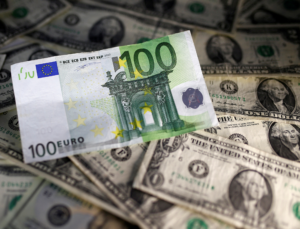Indian Rupee Set for More Losses Amid Investment Shift to China

Rupee depreciated 11 paise to 83.93 against the US dollar in early trade on Thursday due to rising crude oil prices and negative sentiment in the domestic equity markets amid concerns over escalating tension in the Middle East.
Unabated outflow of foreign funds from capital markets and a strengthening American currency also weighed on the Indian currency, forex traders said.
At the interbank foreign exchange, the local unit opened at 83.91 and lost further ground to touch 83.93 against the greenback, trading 11 paise lower from its previous session’s closing level.
On Tuesday, the rupee settled 3 paise lower at 83.82 against the American currency. The forex markets were closed on Wednesday on account of Mahatma Gandhi Jayanti.
The rupee was Asia’s worst-performing currency last quarter and a widening current account deficit could worsen things. Gold imports have surged after a customs duty cut, a trend that may continue. Meanwhile, foreign inflows into India are expected to slow, with China suddenly becoming an attractive investment destination. Mizuho Bank predicts the rupee may fall to 84.10 per dollar by end-December, a 0.3% drop from Tuesday’s close.
A wave of money which earlier left Chinese equities in favor of stocks from Japan and Southeast Asia is poised to reverse course after Beijing’s latest stimulus blitz, according to market watchers. The shift is already underway: shares in South Korea, Indonesia, Malaysia and Thailand posted net outflows last week while BNP Paribas SA said over $20 billion was withdrawn from Japan’s equities in the first three weeks of September.
The nascent rotation may spell the end of a stellar run for Asia ex-China equities, which previously benefited as money managers hunted for better returns outside the world’s second-largest stock market. For much of this year, Taiwan shares got a boost as chipmakers soared while Indian stocks rallied on the back of quickening economic growth. Southeast Asia’s markets were lifted by lower US interest rates.








